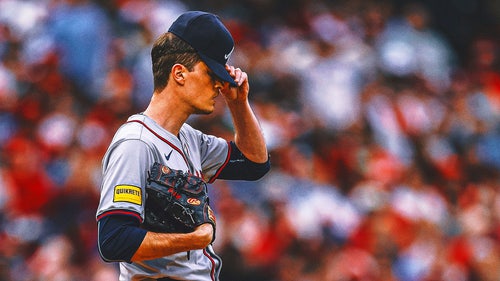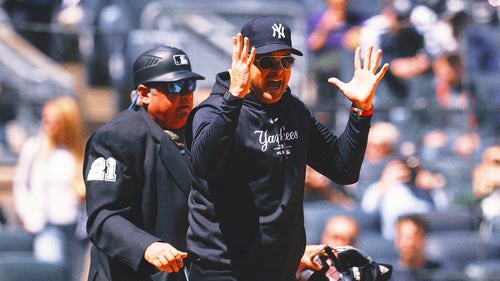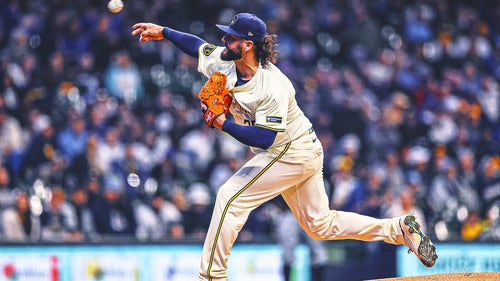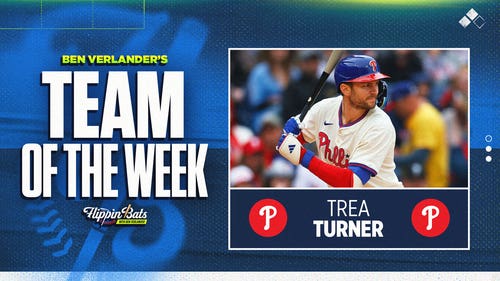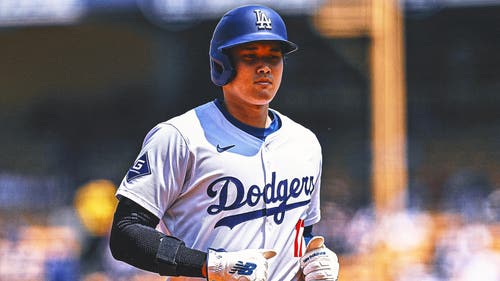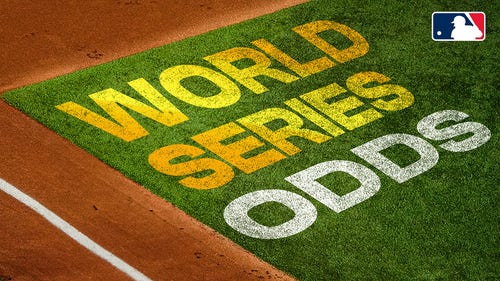
Eighty reasons for Rivera's greatness
Simply put, Mariano Rivera is a freak of nature. Even at the advanced age of 41 he remains the best closer in the history of the game.
How does he do it?
I found the answer in consultation with dozens of advance scouts, along with several current and past pitching coaches while researching my latest book, "Baseball Diaries: Mariano Rivera, Bronx Dreams, Pinstripe Legends, and the future of the New York Yankees." The testimony of these insiders was given on the condition that they remain anonymous.
To set up the consensus scouting report on Rivera, it’s important to note that every team in MLB employs an evaluative scale for pitchers that ranges from 20 to 80. Nobody seems to know how, why or when this rather quirky numerical range was adopted. In any event, every one of a particular pitcher’s offerings is rated in three categories. In order of importance, these are command (which is control within the strike zone), movement and velocity (which is the least important consideration).
The major league average is 50. The average collegiate pitcher varies from 35 to 45. A rating of 80 in any category is the best possible — and rarely achieved — grade.
In their halcyon days, Roger Clemens, Randy Johnson, Nolan Ryan and Kevin Brown were the only pitchers in recent memory whose fastballs graded straight 80s in every category. John Smoltz had the only 80-rated slider in recent times. The late Darryl Kile had an 80 curve, and Greg Maddux’s change-up was also top of the line. And the universally acclaimed all-time master of the cut fastball is Mariano Rivera.
Closers usually have one 70-80 pitch and another 50-60 change-of-speed pitch. In the past, most of the outstanding one-pitch closers have been knuckleballers. That makes Rivera’s almost exclusive use of his cut-fastball unique.
COMMAND
Early in the 2007 season, Boston’s lefty sluggers backed off the plate a few inches to prevent Rivera from hammering them inside — and they hurt him on several occasions. Rivera eventually drew them back toward the plate by routinely clipping the outside corner.
Indeed, command is the key to Rivera’s effectiveness. Since 2005, Rivera has been extended to a three-ball count by only 14 percent of the hitters he’s faced.
One scout said this about his command: “Rivera can hit a gnat in the ass.”
Rating: 80
MOVEMENT
Rivera’s cutter moves more laterally than vertically, and more than anything resembles a very fast, late-breaking slider. Not until the ball reaches the dirt cutout in front of home plate does Rivera’s cutter suddenly dart in to lefties and away from righties.
He can also shorten or lengthen the movement of his cutter by either slightly raising his release point or lowering it. The wider break is harder to command and is used only when the count is in Rivera’s favor and he wants the hitter to chase a ball out of the strike zone.
By strictly unofficial count, the late action on Rivera’s cutter is the reason why he always leads MLB in bats broken.
Rating: 80
VELOCITY
In his prime, Mo could throw his cutter in the 95- to 96-mph range. These days, it’s usually clocked from 90-92. His reduced “velo” narrows his margin of error and proves how important command and movement really are.
Rating: 65.
More and more, Rivera is utilizing an 89- to 91-mph two-seam fastball that runs in on righties and shows some sink. The command of his two-seamer rates 80, while the movement and velocity grade out to 50.
Where at one time he threw this pitch once in 20 offerings, he now unleashes it twice as often. Except for his command, Rivera’s two-seamer is distinctly average, but it’s good enough to keep hitters off-balance.
Scouts also give Rivera 80s across the board for his instincts, athleticism (he’s the best athlete on the Yankees), competitiveness, psychological stability and work ethic. Plus, another unsurpassed aspect of Rivera’s is the ultra-repeatablity of his delivery.
All of his pitches are made with the exact same motion, release point, and follow-through. It’s the smoothness of his delivery that makes even his diminished velocity seem sneaky-fast.
If Rivera’s pitch count exceeds 25 or so in any given appearance, or if he pitches too often, his release point will sometimes drop and he’ll lose some late bite and pinpoint control. But he’s one of the few pitchers capable of making quick in-game self-corrections.
Also included in the book are scouting reports on the other Yankees relievers as well as the bullpen staffs of opposing teams. For example, Joba Chamberlain’s fastball gets 50 for command, 60 for movement and 70 for velocity. His delivery and emotional immaturity are seen as the primary reasons for his inconsistency.
Overall ratings for Dave Robertson are fastball (55), curve (55), change-up (40), and command (45). Robertson’s biggest asset is his overhand delivery, something that makes batters uncomfortable only because it’s so seldom seen.
Boone Logan: Fastball is 60, slider is 55 and command of both is 45.
Rafael Soriano: Command of fastball is 60, but he often makes too many mistakes up in the strike zone. Movement of fastball is 55. Splitter and cutter both rate 60.
Back to Mo: Will he continue to be effective during the last year of his contract in 2012, when his age and his uniform number are both 42? As long as his command, movement and body parts remain intact, the answer is a resounding yes.
“Mo’s a straight-up guy,” one out-of-town sportswriter said. “Even though I’m supposed to be objective, there’s no way I can avoid rooting for him. I hope he pitches forever.”






































































































































